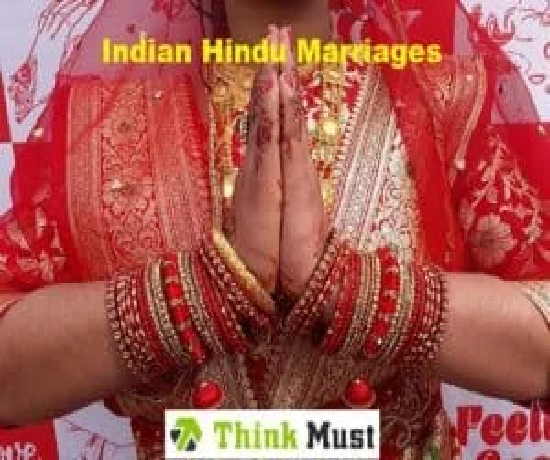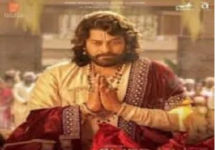
Indian Hindu Marriages contain so many rituals and it is a treat to watch those wedding ceremonies. Hindus in India are subdivided into many castes. Each caste defines weddings in a fully ritual and traditional way. Their marriages will be done for long hours because they have many things to do which are part of the ceremony.
Nowadays, we also get to witness 10/5 days of marriage ceremony. Without a doubt, we will have so much fun seeing such big fat weddings, won’t we? So, some of the important rituals are common in every caste wedding. They include as following.
Mangala Snanam in Indian Hindu Marriages:
Firstly, every other ritual begins with the Mangala Snanam at the bride’s and groom’s houses separately on the wedding day. It is a ritual about an auspicious bath. This bath is the belief that it is to cleanse and purify both. And, make them ready for the sacred rites that are to follow. Every family member blesses them and later they will start the ritual of this Mangala Snanam.
Kanyadaan in Hindu Weddings:
Kanyadan is one special ritual in Indian Hindu Marriage. This means that the parents of the bride give their daughter to the groom. Here the bride’s father and mother wash the groom’s legs. This ritual is meaningful to them and quite emotional to the parents of the bride.
Ritual of Jeelakarra-Bellam (cumin-jaggery):
The significance of Jeelakarra Bellam in Marriages is well deserved to be called as a most interesting ritual in Indian Hindu Marriages. The bride and groom take the paste of cumin seeds and jaggery on each other hands. Later, they place the hand with that paste on each other head. This slight bitter cumin and sweet jaggery ground together will turn into an inseparable mixture. The custom signifies that the bride and groom are supposed to become inseparable through life’s bitter and sweet times.
Three knots with Mangalsutra:
Mangalsutra is a sacred thread or cord where Mangal means halcyon and Sutra means thread or cord. In Indian Hindu marriages, this is considered the main part of the wedding. Here, the groom ties this Mangalsutra in the bride’s neck with three knots.
The Seven Sacred Steps:
The seven steps are also called Saptapadi which is the most meaningful and heartfelt ritual. Here the bride’s sari will be tied to the groom’s shawl and then the groom leads, often by linking the bride’s pinkie finger with his pinkie finger. They take seven rounds around the fire while taking vows for a strong marriage in each round. By walking around the fire the couple makes seven promises to themselves and each other. This is considered the most important ritual as it seals the bond between them forever.
Garland Exchange:
A couple exchanging fresh garlands symbolizes the act of welcoming each other into each other’s families. It is one of the sweetest gestures and a lovely way to make a connection between the couple and their beloved families.
Talambralu (puffed rice) session:
Lastly, this ritual is special in Indian Hindu marriages. This Talambralu will be made of puffed rice. They mix turmeric powder with puffed rice and add some following petals. The couple will pour those rice on each other heads after tying Mangalsutra. This is one of the fun segments in the marriage rituals. And, the ritual denotes the couple’s desire for happiness, enjoyment, and contentment.
Along with this, some things that need to be taken care of during the wedding are
- There should be no miss of a particular time for tying the knot.
- And, the bride and groom should share eye lock while they are in the Jeelakarra-Bellam ritual. This will lead to long-lasting love.
- Importantly, they should forget to make promises in the seven steps.
- As well as that, the bride needs to take the groom’s blessings.
So, guys if anyone getting married don’t forget to follow every ritual. Also, make your wedding special.









































